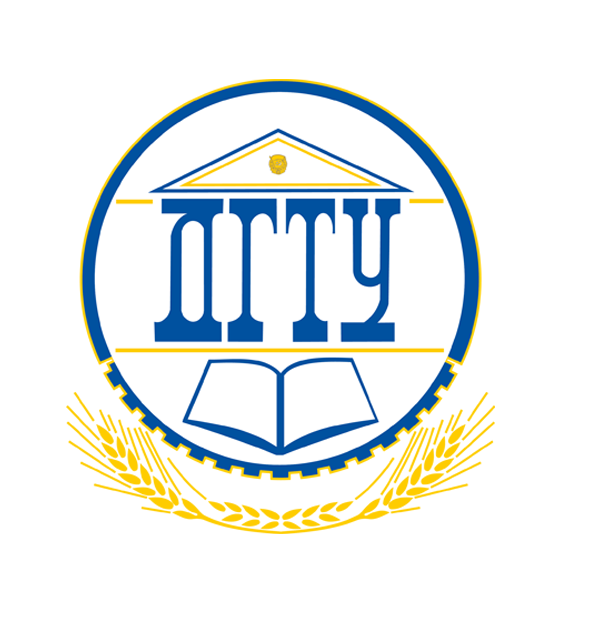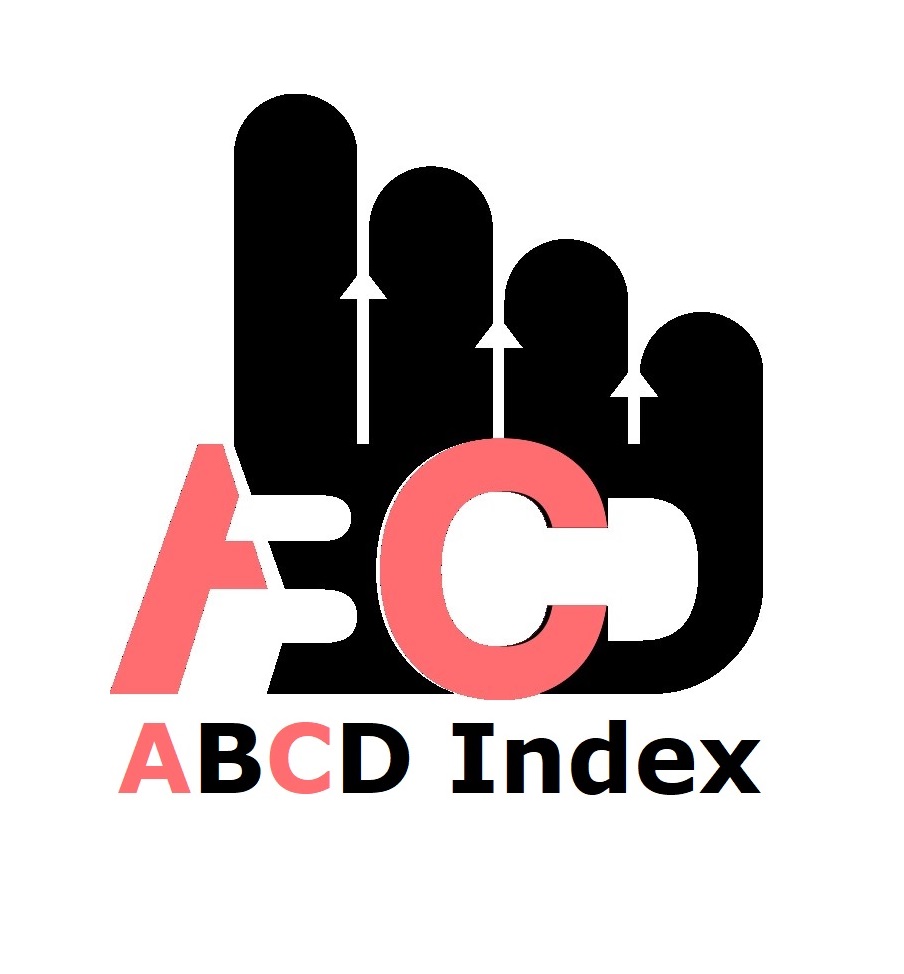Influence of Communication Strategies on Organizational Performance: A Case of the Office of the Auditor General of State Finances in Rwanda
Keywords:
Communication Strategies, Multi-Driven Communication, Participatory Communication, Quality Delivery, Results Driven Communication, Timely Delivery, OAGAbstract
This research paper investigated the effect of communication strategies on organizational success. It specifically assessed the influence of participatory communication, result-based communication, and multi-channelled communication strategies on the success of the Office of Auditor General of state finances (OAG). The paper applied a descriptive and correlation design with a mixed approach. A sample size of 150 was drawn from a target of 248 workers who participated in various service deliveries in Rwanda. A stratified sampling method was adopted to select a representative group. Primary data was obtained utilizing questionnaire surveys and interviews. Data was analysed using both descriptive and inferential analysis with the aid of the statistical product and service solutions version 26.0. Results to the first objective felt that that 43.0% agreed with openness, 37.6% with dialogue and consultation, and 34.2% strongly agreed with shared decision-making. It revealed the significant correlation between dialogue and time schedules (r=.206; p-value=.000). To the second objective results show that 38.6% strongly agreed with the articulation of performance expectations and provision of performance feedback was agreed by 47.7%. The research felt that 40.9% agreed that the use of information in problem-solving applied during service delivery. Results demonstrated that the effect on the provision of performance feedback on cost efficiency, time schedules, and service quality, the study ascertained that the provision of performance feedback is statistically significant with cost efficiency (r=0.122*; p-value=0.035). Results to the third objective demonstrated that the number of channels used in delivering messages was used as strongly agreed by 35.2%. It has been shown that 36.9% agreed with the cohesiveness of multi-voiced messages (agree=36.9; strongly agree= 31.5). Results show a significant correlation between the cohesiveness and consistency of multi-voiced messages and time schedules (r=0.105, p-value=0.071). In conclusion, the study concludes that participatory communication is correlated with dialogue and time schedules, and results-driven communication is associated with feedback on cost efficiency, time schedules, and service quality, the study ascertained the provision of performance feedback. This study recommends that OAG human resources personnel should adopt effective communication strategies, to encourage the attainment of expected goals. The study suggested that further studies should gather data from workers, clients as well as stakeholders to enrich empirical literature.
Published
How to Cite
Issue
Section
Copyright (c) 2024 Frodouard Muragijimana, Dr. Daniel Oloo Ong'ong'a, Festus Ilungu

This work is licensed under a Creative Commons Attribution-NonCommercial 4.0 International License.
Most read articles by the same author(s)
- Ann Wambui Macharia, Daniel Oloo Ong'ong'a (Ph.D), Social Media Political Communication and Misinformation: A Case Study of the Youth in Kiambu County, Kenya , African Journal of Empirical Research: Vol. 5 No. 2 (2024): Apr-Jun 2024
- Kwigira Issa, Dr. Joseph Njuguna, Festus Irungu, The Role of Media Clubs in Developing Students' Media Literacy Skills in Selected Rwanda Secondary Schools , African Journal of Empirical Research: Vol. 5 No. 4 (2024): Oct-Dec 2024
- Erick Shaba, Daniel Oloo Ong’ong’a, Festus Irungu, Influence of Tiktok Use on Road Safety Campaigns: A case of the Rwanda Police’s Gerayo Amahoro in Kicukiro District , African Journal of Empirical Research: Vol. 5 No. 4 (2024): Oct-Dec 2024
- Chuman Achumani, Daniel Oloo Ong'ong'a, The Role of Community Radios in Changing Perceptions of Cattle Rustling Communities in Turkana County, Kenya , African Journal of Empirical Research: Vol. 5 No. 3 (2024): Jul-Sep 2024























